The top-ten warmest years in the UK have all occurred since 2002 according to the Royal Meteorological Society. And as homes are increasingly built to high levels of thermal efficiency for our cold winters, the risk of new build homes overheating in summer is massive – if not designed with overheating mitigation in mind.
We recently completed the commissioning, balancing and handover of an MVHR system in a newly built home in Oxford. The new build home has been designed with simple, effective cooling technologies borne from the client’s experience of living in tropical countries.
Instead of Air-Conditioning (AC), the home uses passive cooling techniques such as external shading over all windows and doors, cross-flow ventilation and an MVHR with integrated cooling linked to the air-source heat pump to ensure the home is warm in winter and cool in summer.
Here’s how each cooling system works, and how you can incorporate them into your home.
External shading is more important than internal shading
A few concepts from buildings physics are important to consider when designing in external shading to a home.
The first is that solar gain in summer (literally, sunlight hitting the windows) is by far the greatest contributor to an overheating home.
Lots of south-facing glazing will cause indoor temperatures to rise when the sun hits it in summer. From calculations completed by the late David Mackay, the power of open sunshine at midday on a cloudless day is 1kW per square metre of surface. Now, it’s not always midday in summer, and not all of the surfaces of our home are always facing the sun, but Mackay has compensated downwards and theorises that on a cloudless day in March or September, the ratio of average sunshine to midday sunshine is about 32%, and power is reduced further due to clouds. The sun shines on the average UK home for a third of all daylight hours.
This is why lots of south-facing glazing can be so impacting on summer overheating in the building.
Mackay states that the average power of sunlight for every square metre of south-facing roof in the UK is approximately 110 W/m2. That’s the annual average, so summer peaks will be much more powerful. A set of 4m-long sliding doors facing south in midday summer would produce the equivalent of having the central heating going at full blast in the room.
If that heat isn’t dealt with, the home will overheat past the ambient outdoor air temperature and not cool down again until the sun has gone down.
Internal blinds don’t stop heat – external blinds do
The second building physics concept is that internal shading still allows roughly ninety per cent of heat into the home, whereas external blinds keep out roughly ninety per cent of the heat. Internal shading is basically useless at stopping overheating, and the impact of external shading on cooling in summer is massive.
What’s more, once installed, the cooling is entirely passive.
Designing in external shading doesn’t have to be complicated, and it can be temporary or all year round: parasols, awnings, trellises, deciduous trees, shutters or external blinds like the below are options:
External blinds such as these are common on continental homes, but they’re quite new to the UK. First and foremost they keep the heat from the windows, but they also offer safety and security all year round. Note: I don’t work for, nor do I sell external blinds – I just think they’re very useful.
Setting the windows deeper into the reveals, or having larger overhangs on the roof can be a simple design tweak with the architect that costs literally nothing. The aim is to keep the heat from the windows in summer when the sun is highest, but still enjoy the sun’s light in winter when it’s needed.
Ventilation is the second key to cooling the home
I’ve written extensively about the benefits of MVHR, and for this home we designed, supplied and commissioned the MVHR system. The MVHR system features an automatic summer bypass mode, which extracts hot, humid air from the home straight to outside in summer.
For this project the MVHR system had a small additional cooling element installed on the supply ductwork. This chiller coil links to a reversible air-source heat pump, and when the temperature indoors hits a certain temperature, the heat pump sends chilled water to the coil to cool down the supply air to the MVHR valves in the bedrooms and living areas.
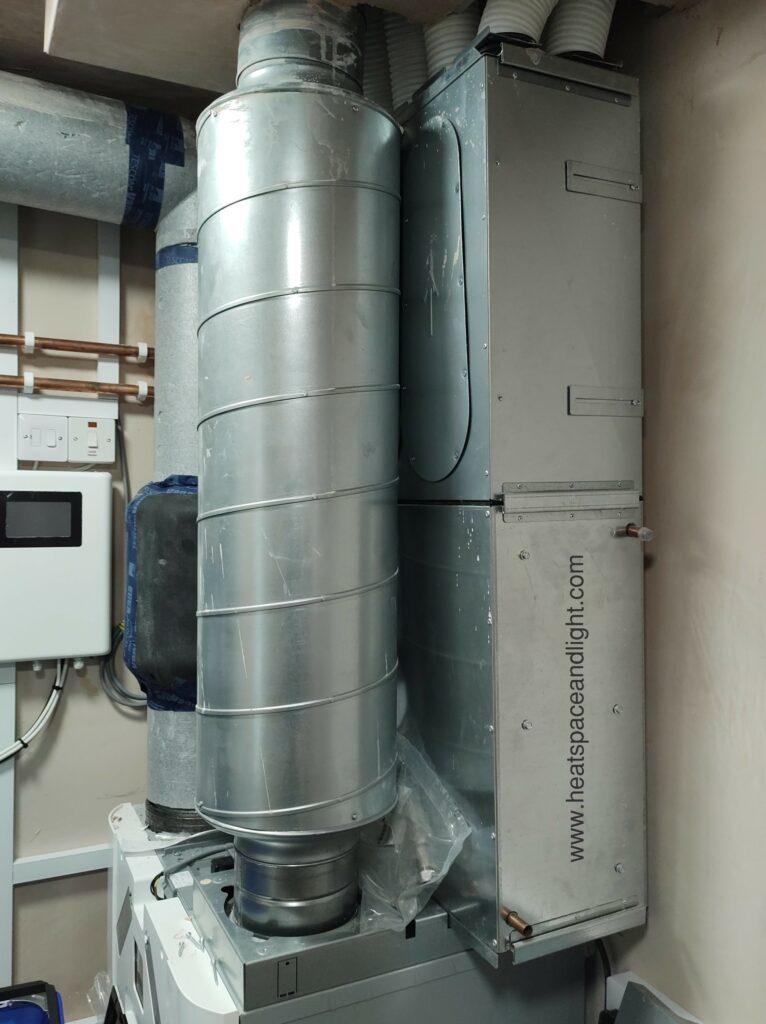
Our MVHR system also features a scheduler to boost ventilation in the evenings when the air is often cooler. Within two to three hours the entire volume of air heated in the daytime will have been refreshed by cooler night-time air.
Consider the albedo rating of the external fabric
“Albedo” is the term for how well a surface reflects solar energy. An albedo of 0 (zero) means the surface is black, and 1 means the surface is pure white. White external walls will help in their own way to reflecting the sun’s heat – and every little helps. Green roofs and walls can also help provide a buffer zone for heat to dissipate via the biosystem of the plants, and could also be investigated.
Cross-flow ventilation is the final key
If heat enters the home, it’s important that it can be purged. Continental residents will know that best practice is to keep the blinds closed during the heat of the day, and then open at night to purge any daytime heat for a sound sleep in a cool home. High ceilings and exposed internal thermal mass (eg, concrete floors or stone walls) will also help to mitigate heat out around the home.
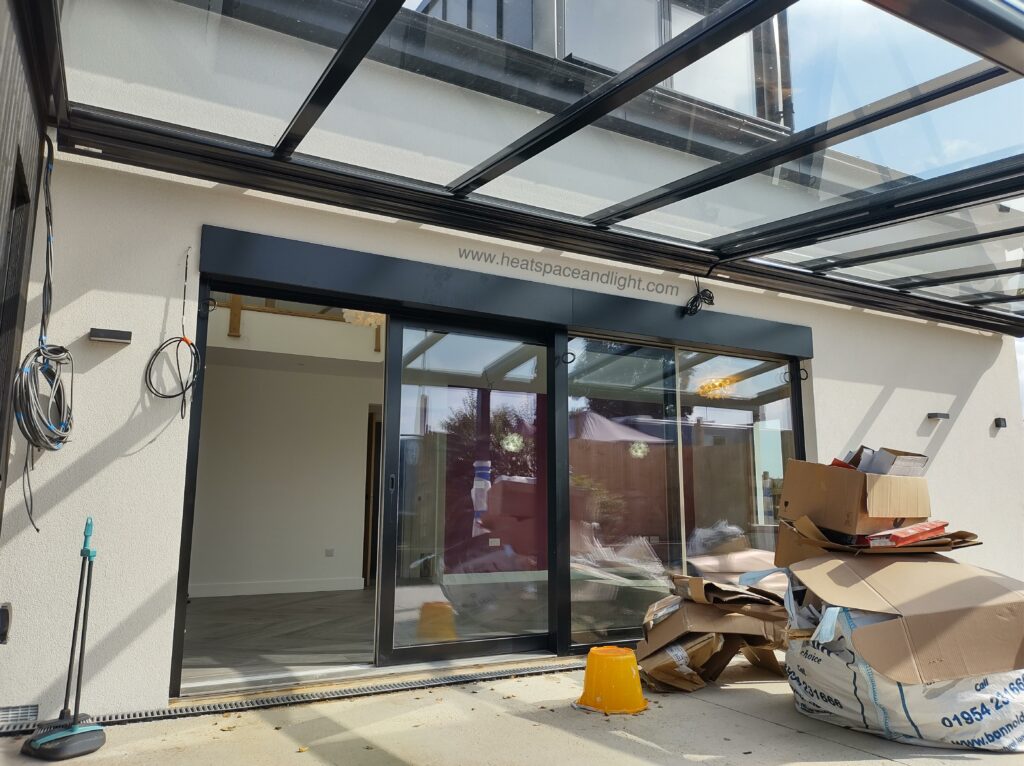
Minimising the size and location of windows to prevent solar overheating, ensuring that air can be passively cooled where possible, and ensuring that if heat does get into the home it can be quickly vented back out again, particularly in cooler evenings, are the three key design principles to ensuring a UK home doesn’t overheat in summer, but still stays warm in winter.
If you’d like for us to design, supply and commission your future MVHR system, please contact us or complete our free MVHR form and we’ll help you incoporate passive shading techniques into your new build or renovation property.
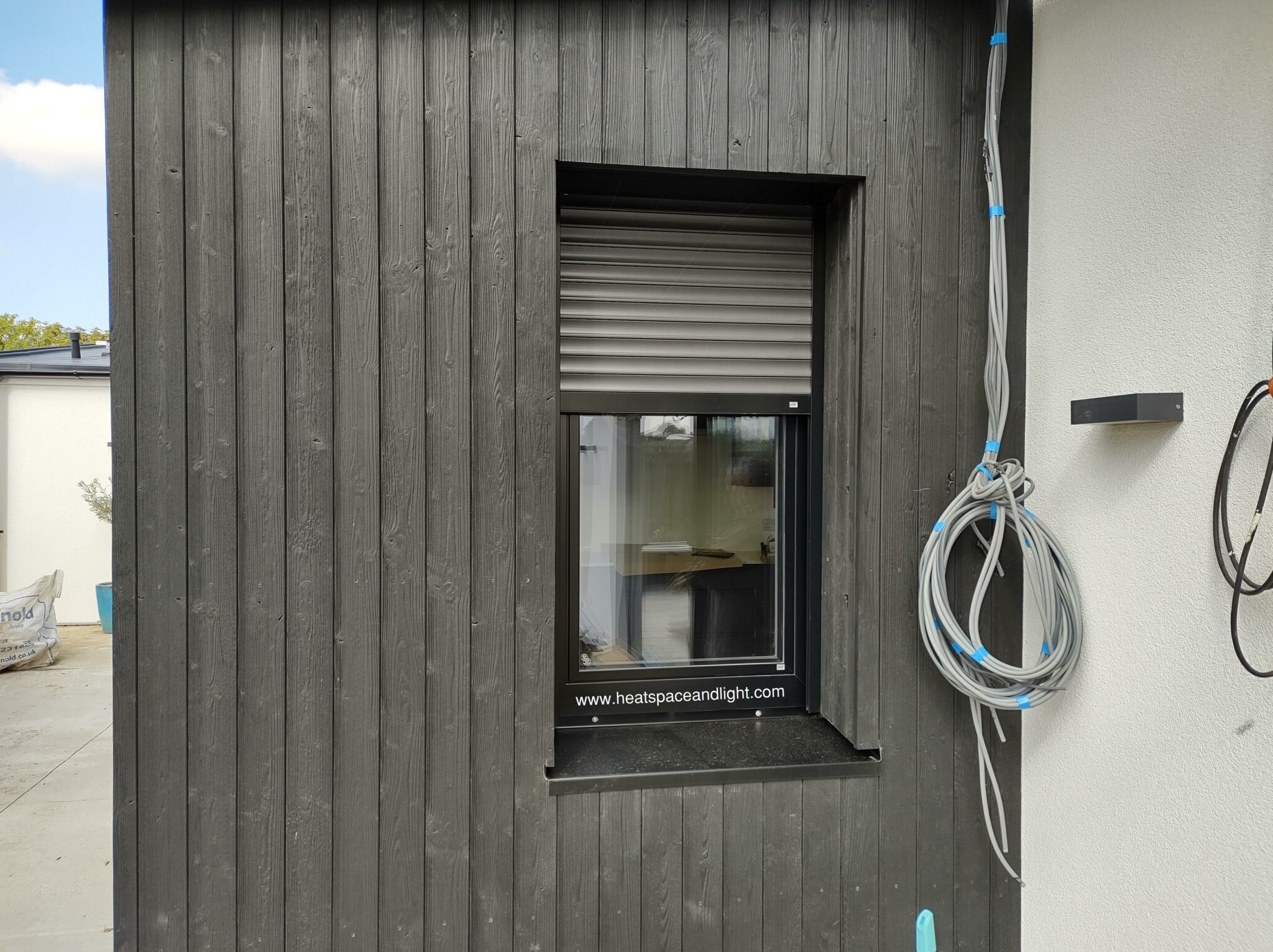
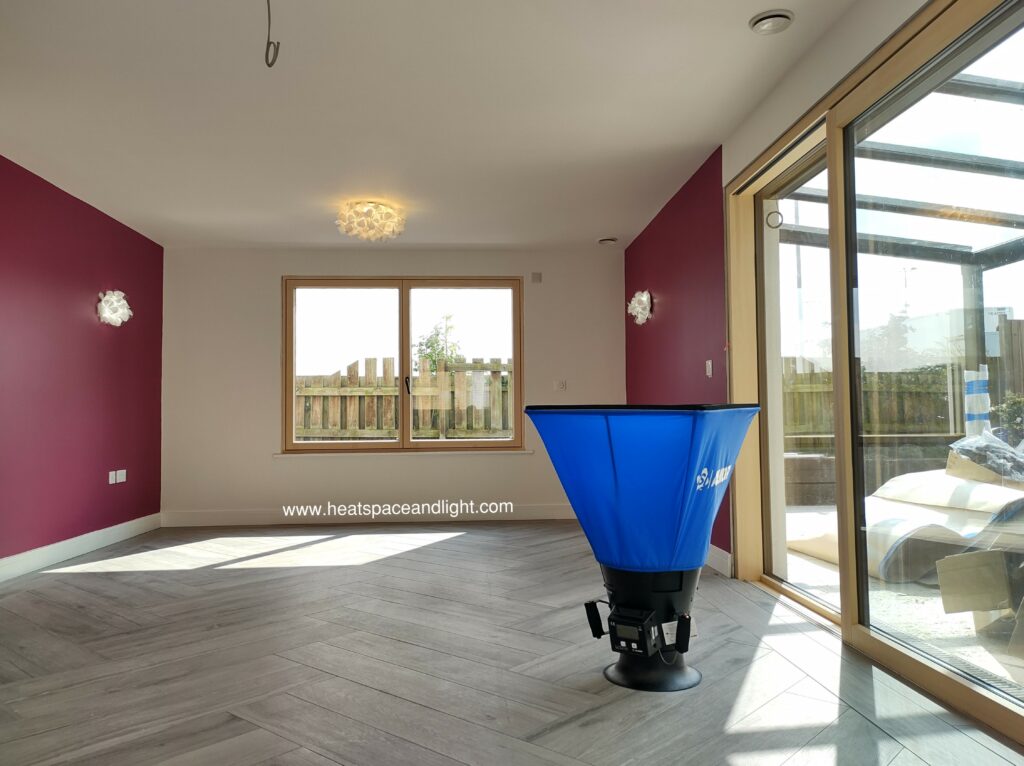
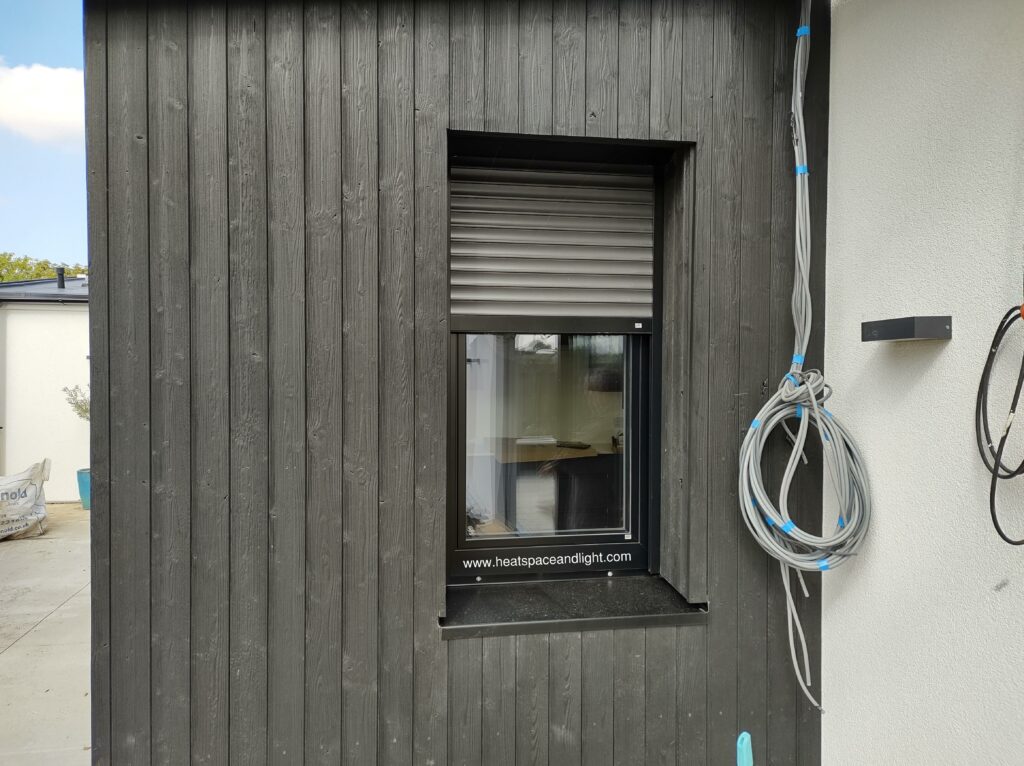
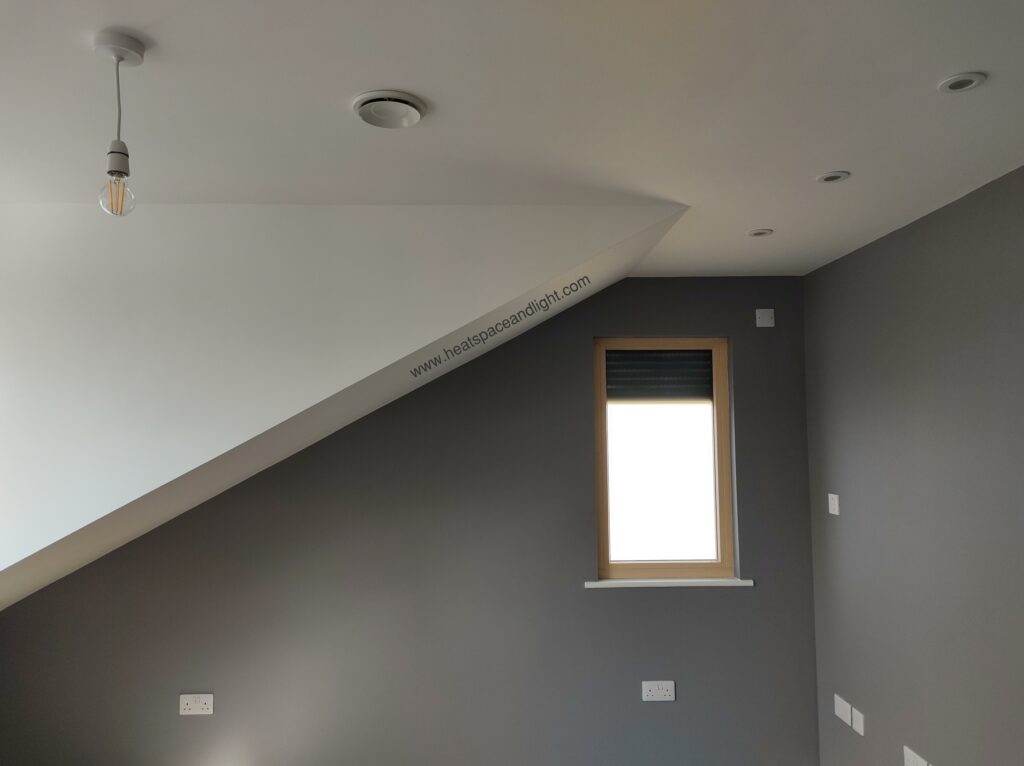
Hi Patrick,
Thanks for the interesting articles.
For a Q600 installation, how would comfopost cooling power compare with comfocool module (or comfoclime). Would you anticipate much difference in performance?
Hi Roger,
From Zehnder’s own data, the ComfoPost CW10 will supply 4.57kW of cooling (Total capacity – sensible and latent). The ComfoCool can provide up to 1.5kW.
The ComfoPost is more powerful as the reversible heat pump that it links to is doing the hard work, whereas the ComfoCool is a much neater all-integrated system.
If you would like to discuss how we can help design and supply your MVHR system, please send us a link either via the Contact Us page or the Free MVHR Design Sizing Tool at the top of the page.
Best wishes,
Patrick